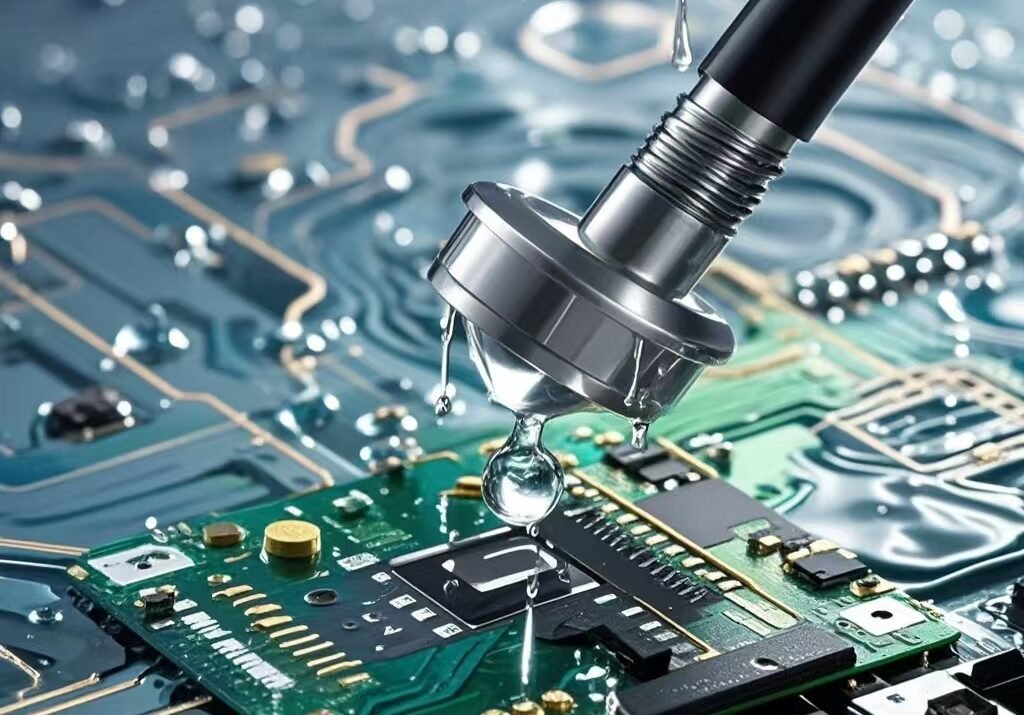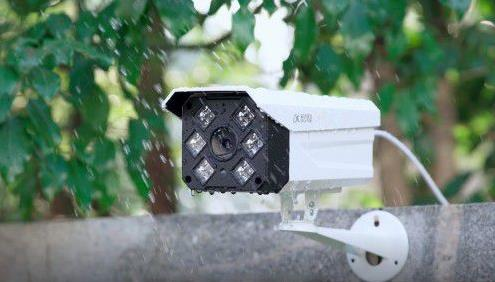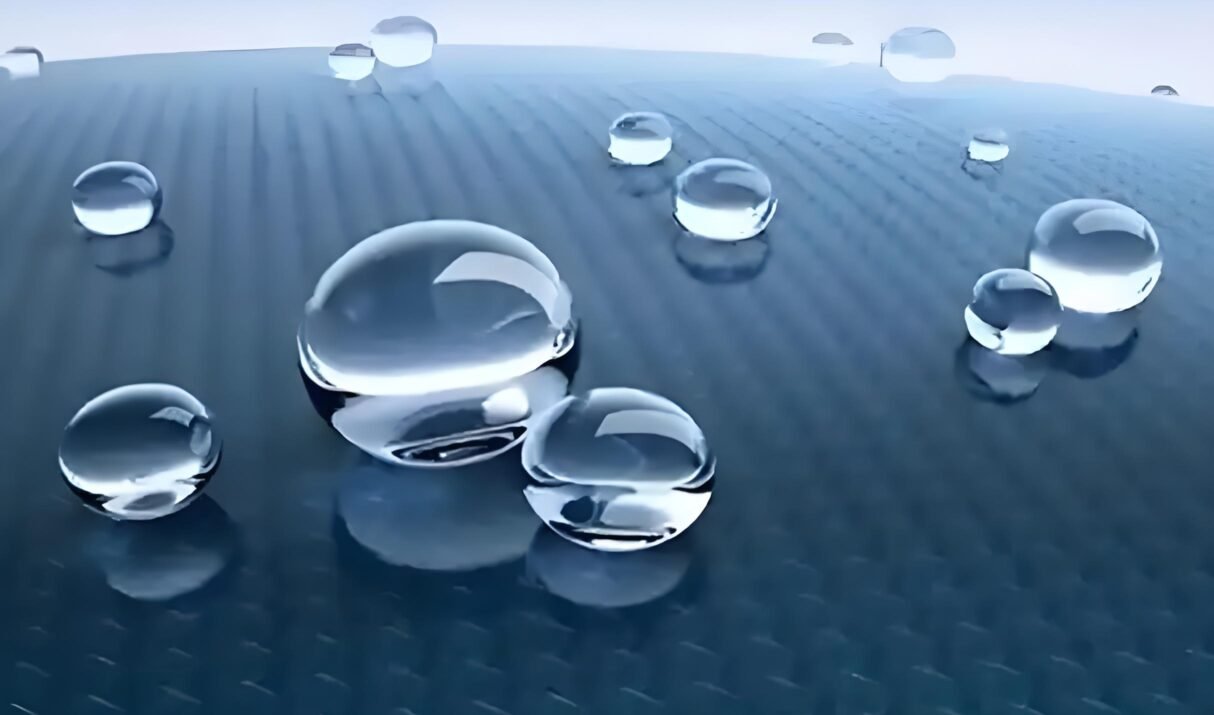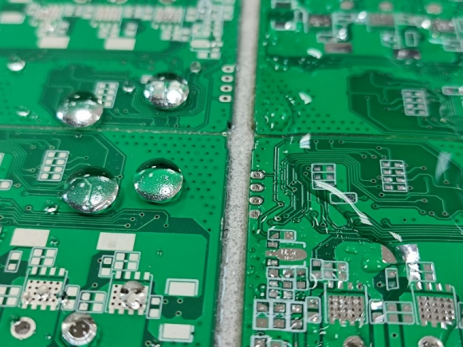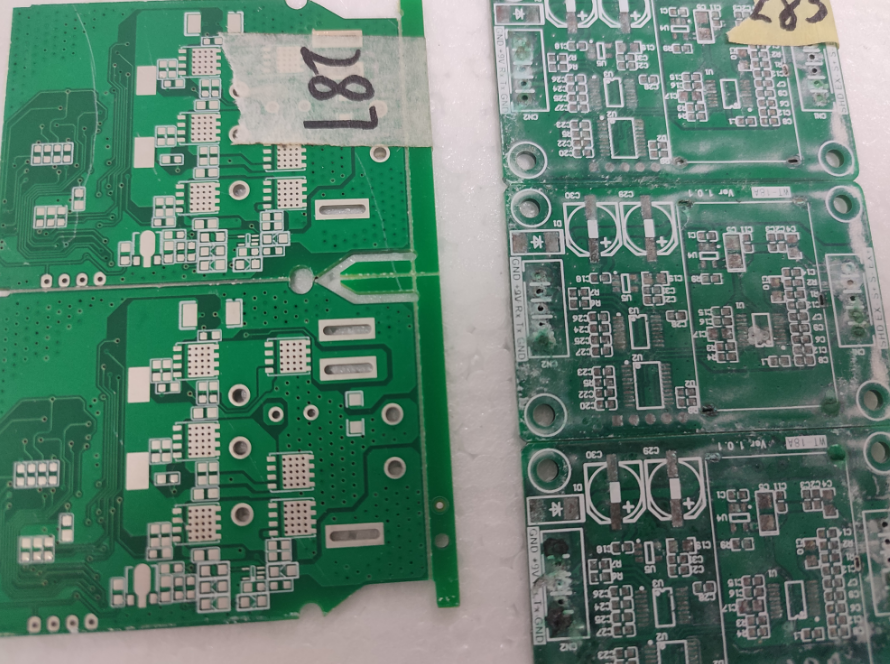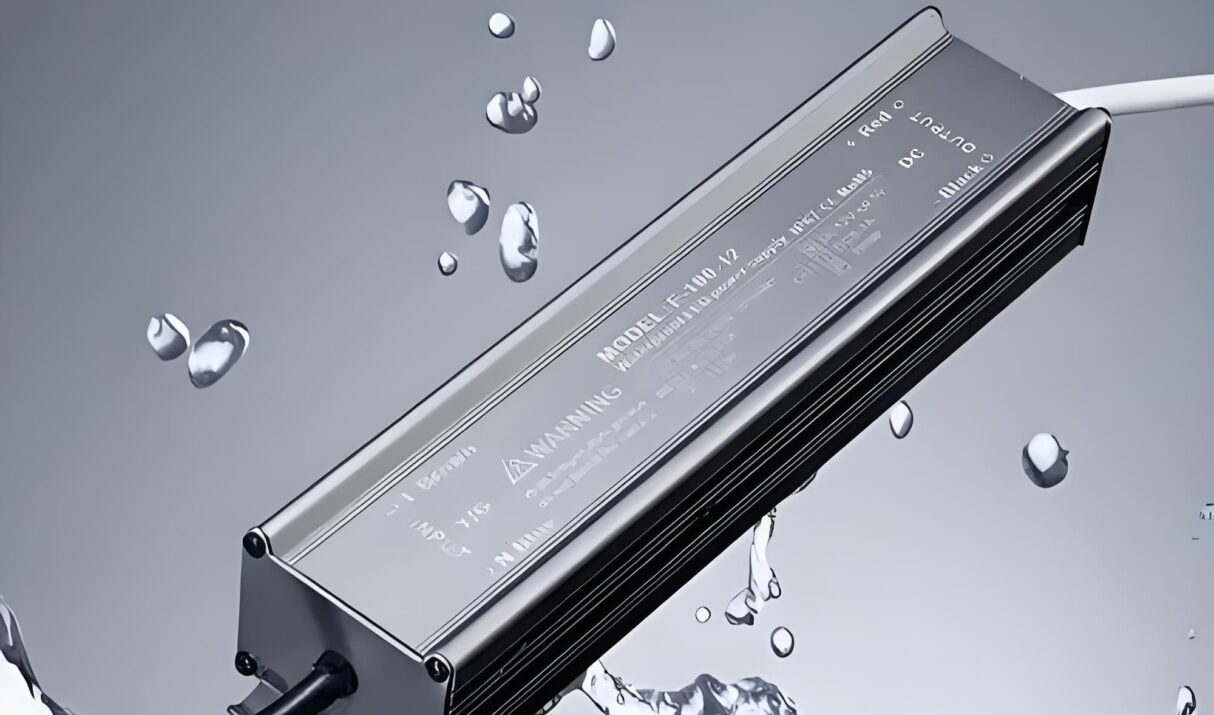Introduction to Nano Coatings
Know how Nano Coatings Work and Their Functions
Optical Properties of Nano Coatings
Electromagnetic Properties of Nano Coatings
End Condensation Woes: The Ultimate Nano Waterproof Coating Solution for Smart Locks In the harsh winters of northern regions, smart locks frequently develop condensation due to drastic temperature fluctuations after indoor heating activates. This not only triggers recurring short circuits and malfunctions but also significantly increases maintenance costs. Understanding condensation causes and implementing effective anti-condensation
Outdoor Surveillance Camera Nano-Coating: A Solution for Moisture and Rain Protection In modern society, security surveillance cameras have become indispensable safety tools for cities, communities, and households. However, while fulfilling their role in safeguarding people and property, surveillance cameras are often exposed to harsh environmental factors such as rain, fog, humidity, dust, and stains. Ensuring
Superhydrophobic:Materials,Properties,Processes, and Applications Superhydrophobic materials represent a new class of material with broad applicability in various fields, including ice-prevention technology, where silicon-based superhydrophobic coatings exhibit significant environmental adaptability. Experiments have shown that silicon-based superhydrophobic coatings can actively inhibit and mitigate the formation and growth of ice on power transmission lines. In particular, superhydrophobic coatings delay
Unveiling Nano Superhydrophobic Coatings: The Invisible Guardian for Circuit Boards Nano waterproof and moisture-proof coatings—commonly known as nano coatings—are innovative materials developed through advanced nanotechnology. Thanks to their exceptional performance and ultra-thin, nearly invisible profiles, they have become the ideal alternative to conventional UV conformal coatings in the electronics industry. Core Technology and Principles Nano
Our team has spent a decade in research and development, collaborating with dozens of experts to create a range of nano protective coatings. These coatings significantly enhance the waterproofing, anti-fogging, and anti-corrosion properties of electronic products. By forming ultra-dense molecular thin films on the surfaces of devices, nano-coatings effectively block moisture and corrosion, ensuring device safety and longevity.
In comparison to traditional conformal coatings, nano-coatings offer superior protection, ease of application, and eco-friendliness, making them a game-changer in the industry.
Superhydrophobic nano coatings provide comprehensive protection for electronic products, making them the optimal solution for handling moisture and harsh environmental conditions. With its exceptional performance in waterproofing, moisture protection, and corrosion resistance, this technology is the best choice for maintaining the durability and functionality of electronics in challenging environments.
In modern electronics manufacturing, the application of three-proof paint is crucial for protecting electronic equipment from moisture, corrosive gases, and other harsh environmental conditions. This article discusses the differences between traditional three-proof paints and new nano coating agents to help understand their advantages and disadvantages in terms of performance, cost, and environmental impact.
Today, the primary causes of premature “death” for smartphones are usually cracked screens and water damage. While cracked screens can be easily addressed with a protective case or screen insurance, water damage requires built-in hardware support, improving internal structures to provide a certain level of water resistance.
Waterproofing electronic products has long been a key challenge in product design. Adding waterproof functionality not only enhances the durability and lifespan of electronic devices but also broadens their usage scenarios, such as underwater photography or listening to music while swimming. The benefits are numerous, which is why waterproof materials and technologies for electronics have garnered widespread attention.
